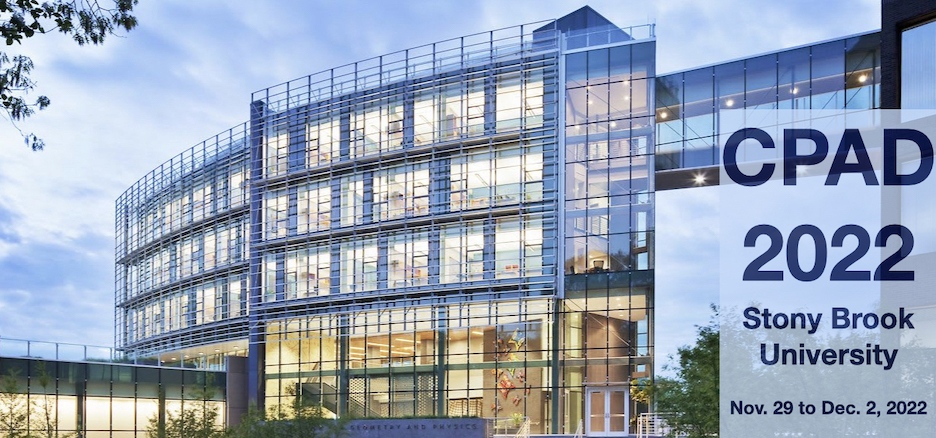Speaker
Description
Multiple mechanisms allow energy accumulation in materials and delayed releases. Interactions between excitations, defects, or other configurations carrying excess energy can lead to correlated energy releases and phenomena like self-organization in systems with energy flow. Exact modeling of these phenomena is often impossible because of insufficient knowledge of interactions. Comparison and analogies between excess low-energy backgrounds in solid-state detectors, mechanisms of inelastic deformations of crystals, and relaxation processes in glasses allow essential predictions for detectors and insight into the physics of glasses.
We observed energy accumulation and releases as delayed luminescence in NaI(Tl) and demonstrated predicted suppression of delayed luminescence by exposure to red light. Expected correlated emission of photons and dependence of the delayed luminescence on environmental factors are still to be verified.
The most intriguing prediction is a correlation between dark counts of superconducting IR photon detectors and the introduction of non-equilibrium low-energy sub-gap excitations in superconductors and substrates. We suggest an experimental program with SNSPD to decrease the energy threshold for IR-microwave photon counting and check for the role of energy accumulation and releases in excess noise and decoherence production in superconducting quantum sensors.
This work was performed under the auspices of the U.S. Department of Energy by Lawrence Livermore National Laboratory under Contract DE-AC52-07NA27344. LLNL-ABS-841572.

